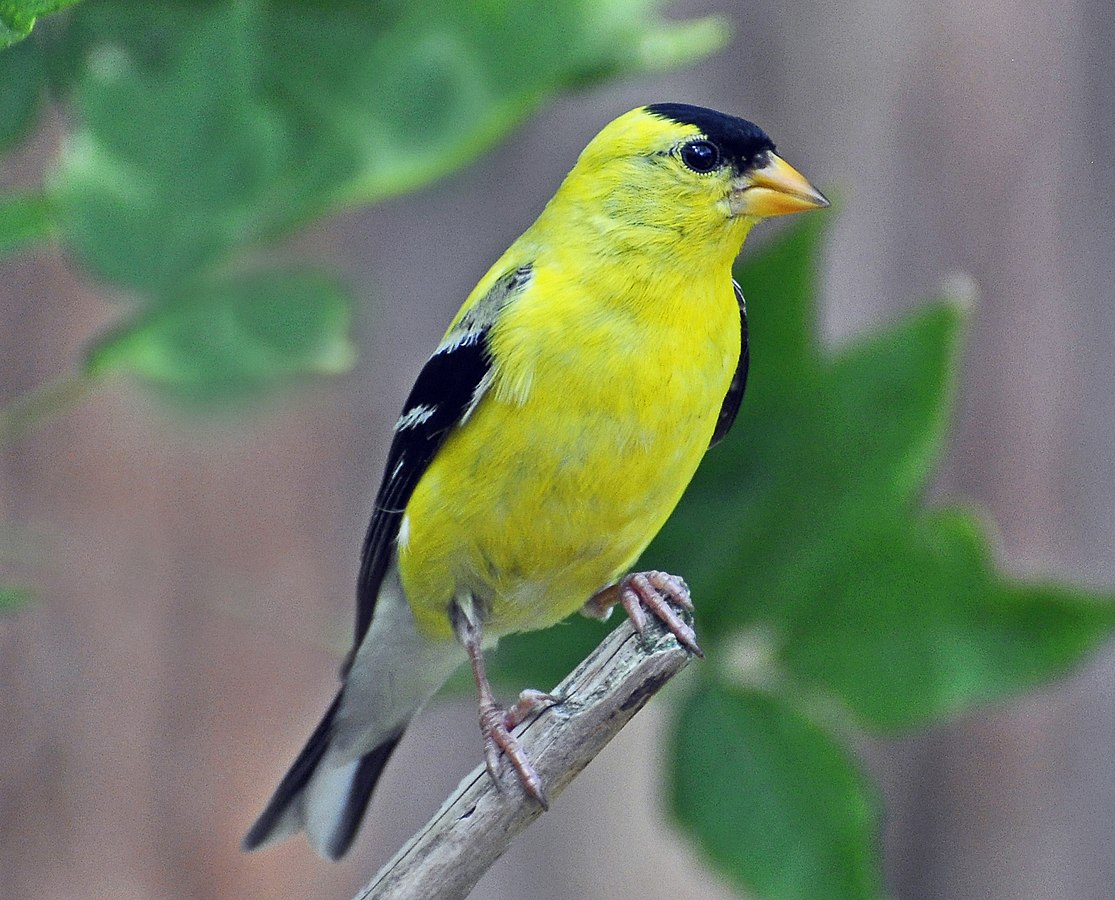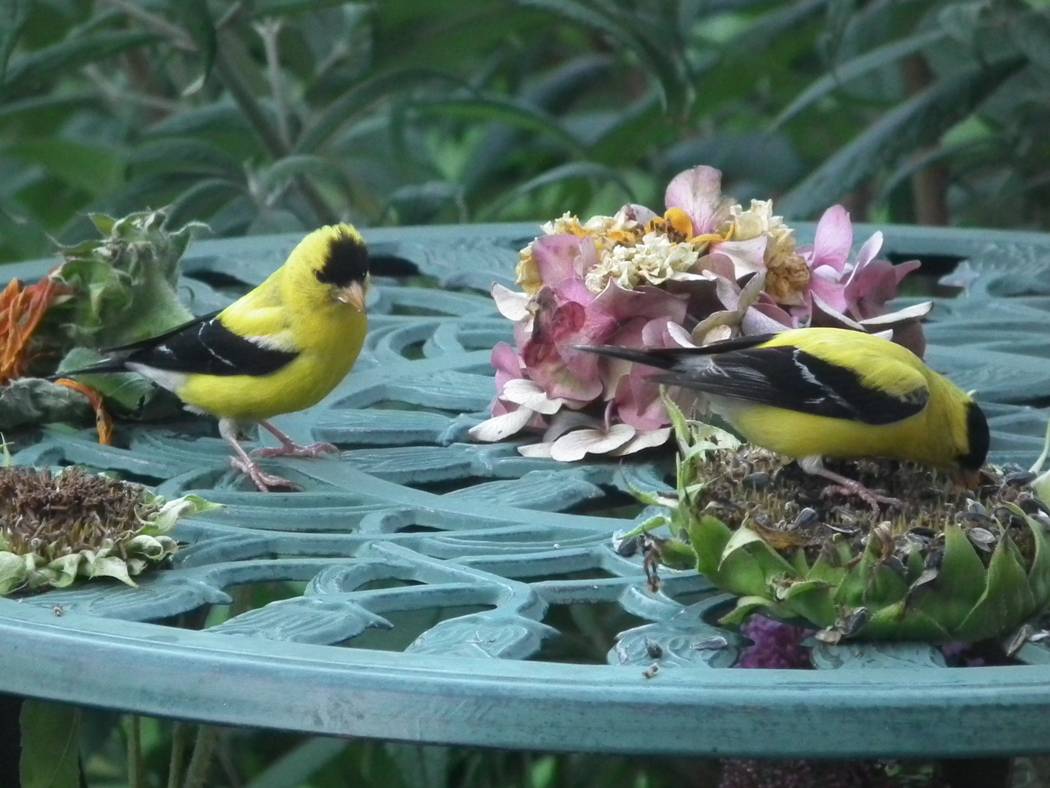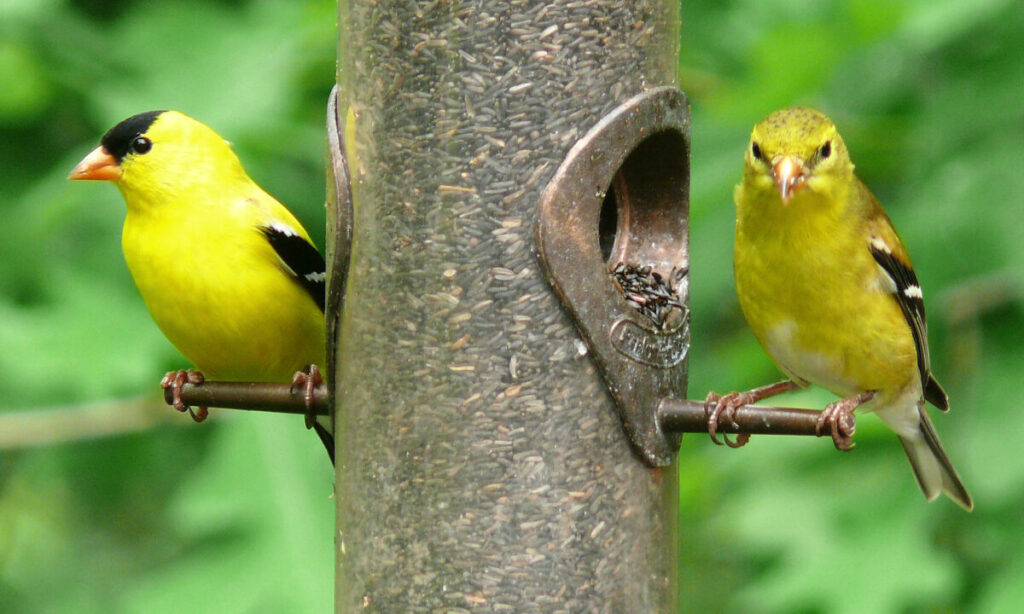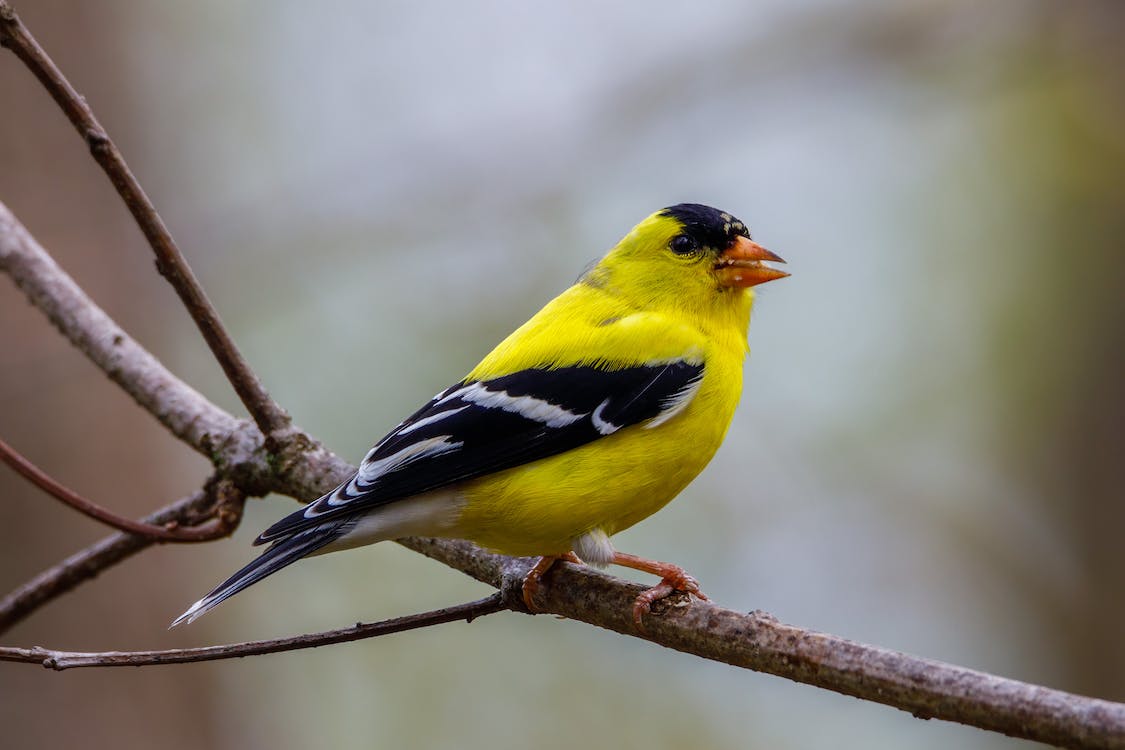Meet the vibrant Yellow Finch, or the American Goldfinch—a feast for the eyes in the world of birds. Characterized by their vivid yellow bodies and black wings, these winged beauties stand out against the backdrop of their open field habitats. In the colder months, their luminescent plumage dims down a notch. North America boasts a large population of these birds, with many bird enthusiasts setting up bird feeders geared towards attracting this desirable passerine species. So, let’s unravel the woodland lore of our fluffed-up friends, the yellow finches.
Yellow Finch Habitat

Watch out for them in clearings like fields, gardens, and orchards, as well as woodlands. Interestingly, population expansion trends of yellow finches favor residential areas, riding on the offerings from bird feeders.
Their Social Tendencies

They favor unity, typically staying in large flocks outside the breeding season. A fascinating aspect of the Yellow Finch’s behavior is their pacifist nature, eschewing aggressive interactions even with predatory snakes, squirrels, cats, and hawks. An exception to this is during the nest-building period when a surge of territorial instincts prompt a defensive stance against encroaching birds.
Predator Protection
The only time you’ll see an aggressive Yellow Finch is during the egg-laying season. Usually, both male and female finches will fiercely guard their space during this period. After the eggs have been laid, their peaceful demeanors return, making them one of the least aggressive species known.
Diet of the Yellow Finch

The primary menu for Yellow Finches includes seeds from flowers, weeds, grasses, and occasionally fruits. Their favorites, you might ask? They’ve got a soft spot for sunflower, thistle, ragweed, dandelion, and goatsbeard seeds. Moreover, they have a taste for the occasional berry or maple sap. For instance:
- Thistle seeds
- Ragweed seeds
- Dandelion seeds
- Goatsbeard seeds
Attracting the Yellow Finch to Your Yard

To bring this pleasing chap into your garden, there are two things you’d need: a bird feeder exclusively for Yellow Finches and a bird bath. Due to their peace-loving nature, they will not compete for food against other bird species. For best results, fill the feeder with their preferred seeds, with thistle or niger seeds being a top choice. However, they’re also known for their love for sunflower seeds and millet. After the feeder is ready, hang it about five feet above the ground and enjoy the chorus of these charming creatures!
Related Resources: